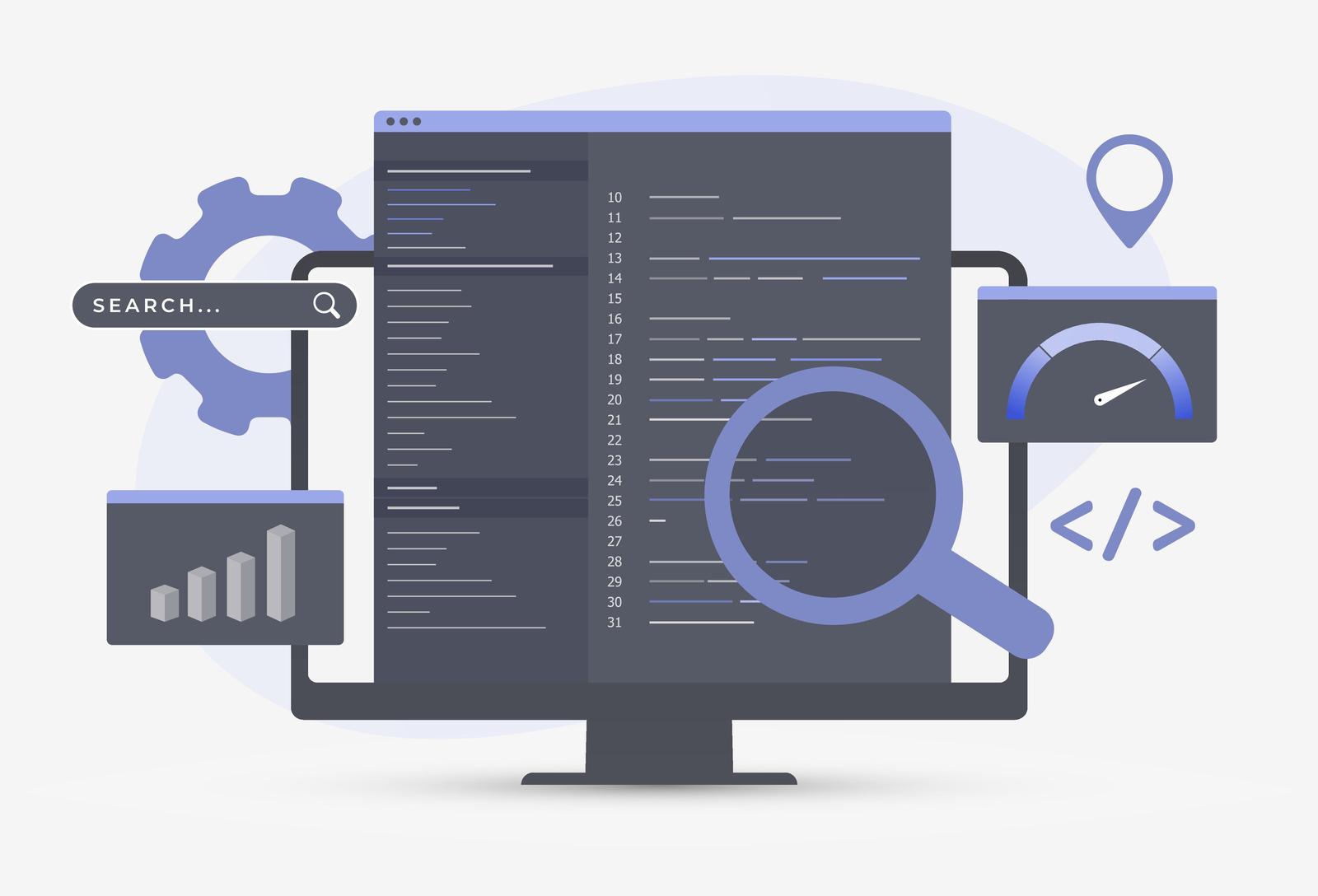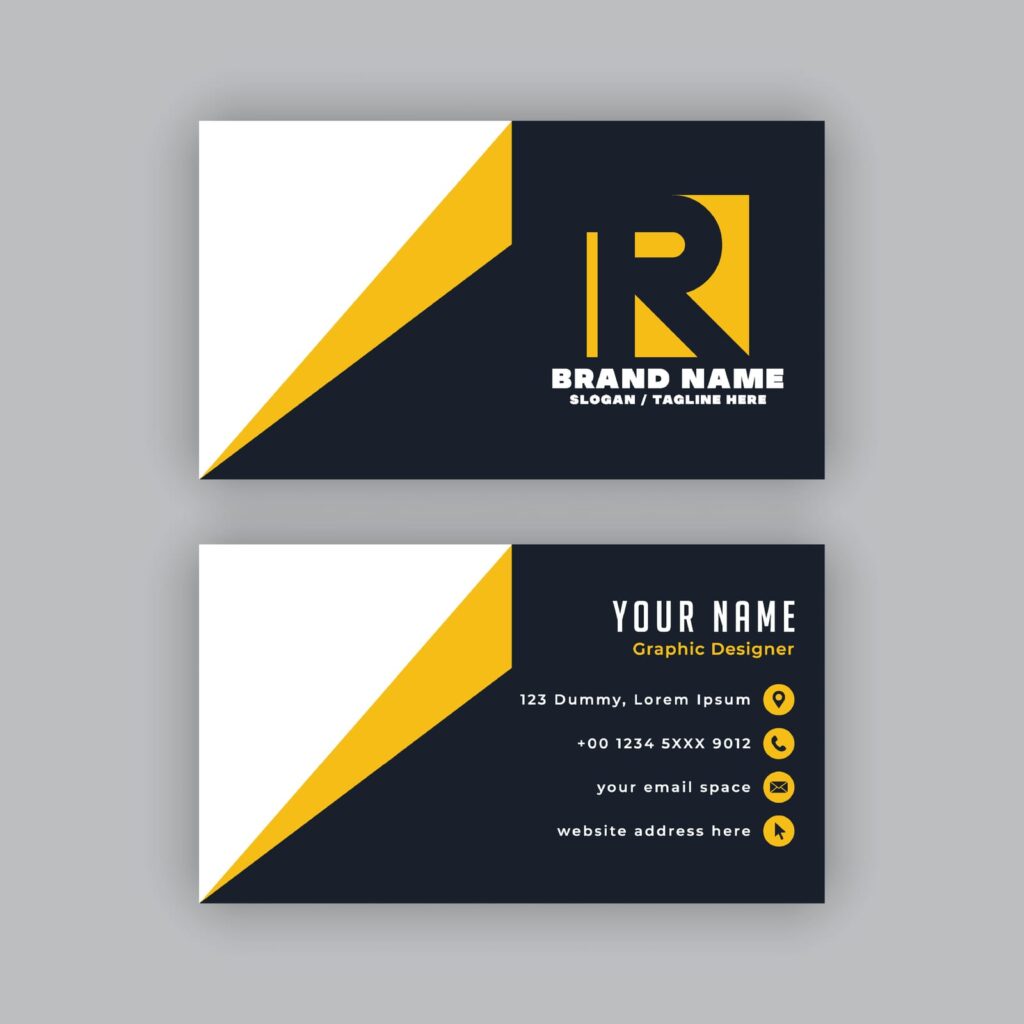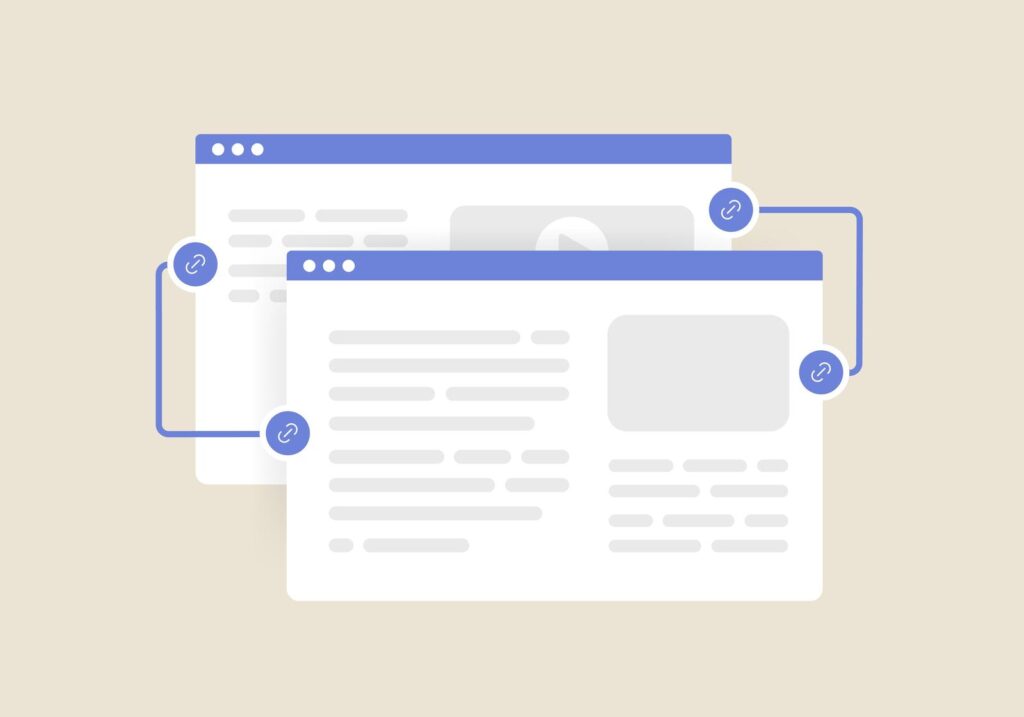This blog aims to help you discover essential aspects of on-page SEO and pitfalls to avoid. We’ll delve into the latest SEO trends, providing you with detailed insights.
Table of Contents
ToggleWhat is On-Page SEO?
On-Page SEO, also known as on-site SEO optimization, benefits both users and search engines. It encompasses URL structuring, internal link creation, content management, optimization, and title tag optimization.
What is included in On-Page SEO?
Here are twenty crucial elements of on-page optimization:
-
- Auto-Generated Content: Avoid using machine-generated content, as it appears unnatural and damages your website’s reputation. Choose content that is manually written.
- Keyword Stuffing: Overuse of keywords within a paragraph can make content seem robotic. Keyword placement is important, but it should be natural and not excessive.
- Thin Content: Low-quality, similar pages with keyword variations can harm your site’s ranking. Google’s Panda algorithm targets such content.
- Duplicate Content: Keep away from duplicate, scraped, or republished content to maintain a high search engine ranking.
- Cloaking: Display the same content to search engine crawlers and human readers to avoid cloaking, which can negatively impact your website’s performance.
Frequently Asked Questions
-
- What is On-Page SEO and Off-Page SEO? On-page and off-page SEO, along with technical SEO, are essential for organic search success. On-page SEO focuses on optimizing individual web pages for search engines and users, while off-page SEO involves external factors like backlinks.
- What are the Benefits of On-Page SEO? On-page SEO enhances organic traffic, improves search engine rankings, increases revenue, and offers a user-friendly experience.
- How Can I Improve My Page SEO? Stay updated with the latest SEO trends, prioritize on-page optimization, and create high-quality, user-focused content.
- What Are Some Recent SEO Trends? On-page optimization has gained importance, and keyword placement has evolved. Quality content, user experience, and mobile-friendliness are crucial factors.
- Can I Optimize My Page Myself? Basic research and writing skills are sufficient to manage on-page optimization. Hiring an SEO professional may be necessary for more complex tasks.
Conclusion:
To sum up, effective on-page SEO requires secure protocols, geographic terms in URLs, NAP consistency, internal linking, proper header tags, strategic anchor text, accessible links, redirection management, appropriate link volume, image optimization, and more. Avoid auto-generated content, keyword stuffing, thin content, duplicate content, and cloaking. On-page SEO is vital for enhancing search engine rankings, user experience, and website revenue. If you have questions or need clarification, please feel free to reach out.
-
- Protocols:
- Protocols:
Implement a secure protocol (HTTPS) for data encryption, ensuring user privacy and search engine trust. Google has flagged non-secure sites since July 2018.
2. Geographic Term in URL:
Include your location in the URL to aid search engines and visitors in locating your organization effectively.
3. Elimination of Case-sensitive URLs: Opt for lowercase URLs for better SEO and to assist search engines in ranking your site.
4. NAP (Name, Address, Phone Number):
Ensure accuracy and consistency of NAP across your website, especially on headers, footers, or contact pages. Create separate pages for different locations.
5. Internal Links:
Maintain a crawlable website by interlinking web pages, aiding navigation for visitors.
6. Header Tags: Use HTML header tags (H1 to H6) to improve content structure and readability. Incorporate relevant keywords for search engine recognition.
7. Anchor Text: Use anchor text wisely, avoiding exact repetitions on a single page to prevent keyword stuffing.
8. Link Accessibility: Avoid drop-down clickable links that search engines can’t crawl. Ensure high accessibility for search engine indexing.
9. Redirection: If you move a page, update the links, and set up redirects for seamless user and search engine access. Limit redirect chains to 3-5 links.
10. Link Volume: Use a reasonable number of links per page to maintain authority and avoid thin content penalties.
11. Image Optimization: Optimize images for faster loading and improved content readability. Use free online tools to compress images. Select the appropriate image format (PNG 8, PNG 24, JPEG, or GIF) based on image characteristics. Include ALT text and relevant descriptive titles for each image.
12. Thumbnail Optimization: Ensure thumbnails do not hinder loading speed for an optimal user experience in e-commerce stores.
13. Alt Text: Provide alternative text for images to aid visually impaired users and search engines without keyword stuffing.
14. Clear Page Names: Choose user-friendly, descriptive URLs to enhance click-through rates (CTR) and user experience.
15. Image Sitemap: Create an image sitemap and submit it to Google Search Console to ensure search engines index all images.
16. Formatting: TImprove content readability by using formatting techniques such as bold or italicized text for important points, embedding media, maintaining short paragraphs, using bullet points or numbered lists, incorporating relevant headings, and ensuring readable text contrast with the background.
17. Title Tags: Optimize title tags for search engine visibility and user understanding. Include your brand name, keep it between 50 and 60 characters, and add targeted keywords.
18. Meta Descriptions: Craft concise meta descriptions (150-300 characters) summarizing your page’s content while maintaining reader curiosity.
19. URL Structuring: TOptimize URL structures for improved click-through rates and search engine ranking.
20. Page Organization: IOrganize content effectively for user-friendly navigation and search engine recognition.
Five Things to Avoid in On-Page SEO:
Here are five common mistakes to avoid in on-page SEO:
-
- Auto-Generated Content: Avoid using machine-generated content, as it appears unnatural and damages your website’s reputation. Choose content that is manually written.
- Keyword Stuffing: Overuse of keywords within a paragraph can make content seem robotic. Keyword placement is important, but it should be natural and not excessive.
- Thin Content: Low-quality, similar pages with keyword variations can harm your site’s ranking. Google’s Panda algorithm targets such content.
- Duplicate Content: Keep away from duplicate, scraped, or republished content to maintain a high search engine ranking.
- Cloaking: Display the same content to search engine crawlers and human readers to avoid cloaking, which can negatively impact your website’s performance.
Frequently Asked Questions
-
- What is On-Page SEO and Off-Page SEO? On-page and off-page SEO, along with technical SEO, are essential for organic search success. On-page SEO focuses on optimizing individual web pages for search engines and users, while off-page SEO involves external factors like backlinks.
- What are the Benefits of On-Page SEO? On-page SEO enhances organic traffic, improves search engine rankings, increases revenue, and offers a user-friendly experience.
- How Can I Improve My Page SEO? Stay updated with the latest SEO trends, prioritize on-page optimization, and create high-quality, user-focused content.
- What Are Some Recent SEO Trends? On-page optimization has gained importance, and keyword placement has evolved. Quality content, user experience, and mobile-friendliness are crucial factors.
- Can I Optimize My Page Myself? Basic research and writing skills are sufficient to manage on-page optimization. Hiring an SEO professional may be necessary for more complex tasks.
Conclusion:
To sum up, effective on-page SEO requires secure protocols, geographic terms in URLs, NAP consistency, internal linking, proper header tags, strategic anchor text, accessible links, redirection management, appropriate link volume, image optimization, and more. Avoid auto-generated content, keyword stuffing, thin content, duplicate content, and cloaking. On-page SEO is vital for enhancing search engine rankings, user experience, and website revenue. If you have questions or need clarification, please feel free to reach out.





